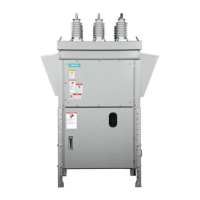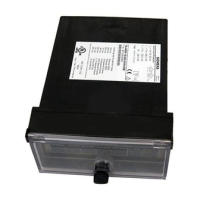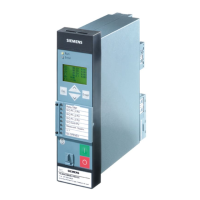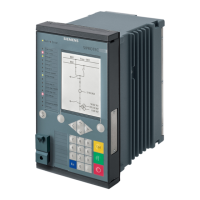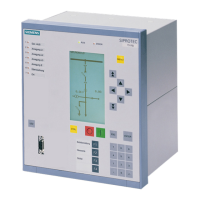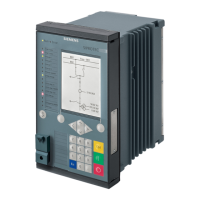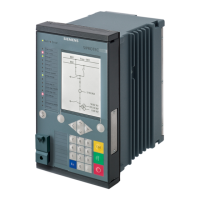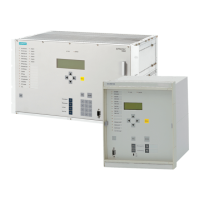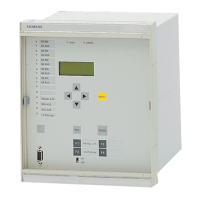25
Installation with RCBOs
Figure 9 contains an example of a future-oriented installation, which meets all the
requirements of the installation regulations and planning stipulations.
Each individual socket-outlet circuit now has its own RCBO, which provides com-
plete fault, re and line protection as well as additional protection against direct
contact. In the event of a fault, only the affected circuit is disconnected from the
supply. The use of Type F RCBOs is recommended for washing machine, dryer
and dishwasher circuits. In the event of a fault in such appliances, currents with
frequencies other than 50 Hz can occur for which Type A RCBOs are not designed.
In order to obtain increased safety against inadvertent disconnection from the
supply, e.g. due to lightning overvoltages, the use of a super resistant RCBO,
Type K, is recommended for protection of socket outlet circuits for refrigerators
and freezers. If RCBOs with a rated residual current of 30 mA or less are used, the
additional protection and fault protection can be provided with the same RCBO.
The RCBO must be installed at the beginning of the circuit to be protected.
Figure 9: Example of an installation with RCBOs
LS
LS
LS
LS
LS
kW/h
RCBO
Socket outlet
circuit 1
Socket outlet
circuit 1
Bath/ out-
doors
Washing
machine
Microwave
onvens
Dishwashers
Dryer
Refrigerator/
freezer, kitchen
Cooker
Lighting 1
Lighting 2
FI/LS Type A
FI/LS Type A
FI/LS Type A
FI/LS Type F
FI/LS Type A
FI/LS Type F
FI/LS Type F
FI/LS
K
Type A

